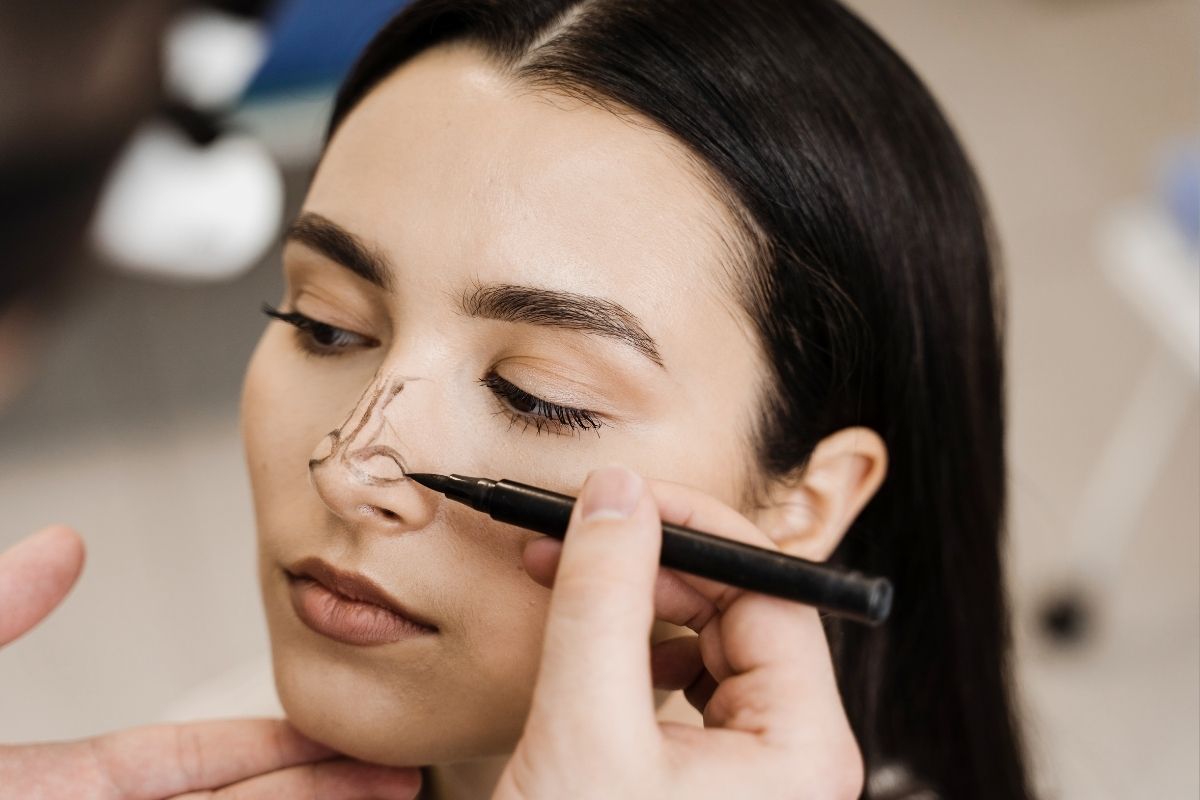Treatments

Table of Contents
What is Liposuction Surgery?
Liposuction surgery is a popular cosmetic procedure designed to remove stubborn fat deposits that do not respond to diet and exercise. Unlike traditional weight loss methods, liposuction does not aim to reduce overall body weight. Instead, it focuses on reshaping and contouring specific areas of the body such as the abdomen, thighs, arms, and even under the chin. This makes it one of the most effective treatments for achieving a more sculpted silhouette.
During the procedure, small incisions are made in the targeted area, and a thin tube called a cannula is inserted. This cannula loosens the fat cells, which are then suctioned out of the body. Thanks to advances in technology, modern liposuction techniques are more precise, less invasive, and associated with faster recovery times compared to older methods.
It is important to understand that liposuction is not a weight-loss solution. Patients often lose only a few pounds of fat, but the results are more about body shape and proportion rather than numbers on the scale. For this reason, it is often recommended for individuals who are already close to their ideal body weight but struggle with localized fat pockets that seem resistant to all other efforts.
Who is a Good Candidate for Liposuction?
Not everyone is the right candidate for liposuction surgery. This procedure is best suited for individuals who are close to their ideal body weight but struggle with localized fat deposits that do not disappear despite a healthy lifestyle. People often turn to liposuction when areas like the lower abdomen, thighs, arms, or flanks resist diet and exercise efforts.
A good candidate should have elastic skin and good muscle tone, as this helps the body adjust to its new shape after fat removal. Patients who maintain realistic expectations and understand that liposuction is a body-contouring treatment—not a weight-loss method—tend to be more satisfied with the outcome.
On the other hand, those with certain medical conditions such as uncontrolled diabetes, heart problems, or weakened immune systems may not be suitable for the procedure. Additionally, people who expect dramatic weight reduction through liposuction might be disappointed, since it is designed to refine body shape rather than replace healthy habits.
Ultimately, a consultation with a qualified plastic surgeon is essential to determine if you are the right candidate for this procedure.
How is Liposuction Performed?
Liposuction surgery is usually performed in a hospital or specialized clinic setting. The process begins with a detailed consultation, where the surgeon evaluates your overall health, discusses your goals, and identifies which areas of the body will be treated. Once everything is clear, the procedure follows several key steps.
Preparation Before Surgery
Before the operation, patients may undergo blood tests or imaging studies to ensure they are healthy enough for surgery. The surgeon will mark the targeted fat areas on the body while you are standing, ensuring accuracy once you are lying down on the surgical table.
Anesthesia Options
Liposuction can be performed under local anesthesia, sedation, or general anesthesia, depending on the size and number of areas being treated. For smaller regions like the chin or arms, local anesthesia may be enough, while larger procedures typically require general anesthesia for comfort and safety.
Step-by-Step Procedure
Once anesthesia takes effect, the surgeon makes tiny incisions in the skin. A thin cannula is inserted through these openings to loosen fat deposits. Using a suction device, the fat is carefully removed, reshaping the targeted area. Modern methods such as laser-assisted liposuction or ultrasound-assisted liposuction make the procedure more precise and reduce trauma to surrounding tissues, which helps speed up recovery.
The surgery may take between one to four hours, depending on the number of areas being treated. After the procedure, compression garments are usually applied to support healing and minimize swelling.
Does Liposuction Hurt? (Pain & Anesthesia Explained)
One of the most common concerns patients have before surgery is whether liposuction is painful. The good news is that during the operation itself, you should not feel pain because anesthesia is used. Depending on the treatment area, your surgeon may recommend local anesthesia with sedation or general anesthesia. This ensures you remain comfortable and pain-free throughout the procedure.
After surgery, it is normal to experience some level of soreness, swelling, and discomfort, similar to the sensation after an intense workout. Most patients describe the pain as mild to moderate rather than severe. Painkillers prescribed by the surgeon help manage this period effectively, allowing you to move and recover more comfortably.
The first few days tend to be the most sensitive, but discomfort gradually decreases over one to two weeks. Wearing compression garments as instructed can significantly reduce pain and swelling. For most patients, the recovery process is well tolerated, and any discomfort is temporary compared to the long-term results.
In short, liposuction is not a painless experience, but thanks to modern anesthesia and effective post-operative care, pain is manageable and short-lived.
Liposuction Recovery Process
Recovery after liposuction is a crucial part of achieving the best results. While the procedure itself may take only a few hours, the healing process can last several weeks to months depending on the extent of treatment and the patient’s overall health.
First Week After Surgery
In the first few days, you can expect swelling, bruising, and mild discomfort. Your surgeon will likely recommend rest combined with light walking to promote circulation and reduce the risk of blood clots. Stitches, if used, are usually removed within one week.
Swelling, Bruising and Compression Garments
Swelling and bruising are normal reactions after fat removal. To minimize these effects, patients are advised to wear compression garments around the treated area for several weeks. These garments help control swelling, support the skin’s new shape, and speed up recovery.
Healing Timeline
Most patients return to work within one to two weeks, depending on the areas treated. However, strenuous exercise should be avoided for at least four to six weeks. Final results become visible gradually, often after swelling has completely subsided—usually within three to six months. Patience is important, as the body needs time to settle into its new contours.
Following all post-operative instructions and attending follow-up visits ensures a smoother and safer recovery process.
Liposuction Risks and Side Effects
Like any surgical procedure, liposuction comes with certain risks and side effects. Fortunately, most of these are temporary and manageable when performed by an experienced surgeon and followed by proper aftercare.
The most common side effects include swelling, bruising, numbness, and mild discomfort in the treated areas. These usually improve within a few weeks as the body heals. Some patients may also notice temporary changes in skin sensitivity or minor irregularities in contour, which typically resolve with time or additional touch-ups.
Scarring is minimal because the incisions made during liposuction are very small. In most cases, scars fade significantly over time and are barely noticeable. Wearing compression garments as directed helps minimize both swelling and skin irregularities.
Rare but more serious complications can include infection, excessive bleeding, fluid accumulation, or uneven fat removal. In very rare cases, blood clots or damage to deeper tissues may occur. Choosing a qualified, board-certified plastic surgeon greatly reduces these risks and ensures the safest possible outcome.
Overall, liposuction is considered a safe and effective body contouring procedure, especially when patients carefully follow all medical instructions before and after surgery.
FAQs About Liposuction Surgery
Is liposuction safe?
Yes. Liposuction is considered safe when performed by a qualified plastic surgeon in a proper medical facility. As with any surgery, risks exist, but following medical advice minimizes complications.
How much fat can be removed in one session?
Most surgeons safely remove up to 5 liters of fat in a single procedure. Exceeding this amount may increase risks, so limits are set for patient safety.
Will liposuction leave scars?
Tiny incisions are required, but scars are usually very small and fade over time. In most cases, they are barely visible.
How soon can I return to work?
Most patients resume light activities within one week, while full recovery and return to exercise may take four to six weeks.
Can the fat
The removed fat cells do not return. However, remaining fat cells can enlarge if you gain weight, so maintaining a healthy lifestyle is key to long-lasting results.




